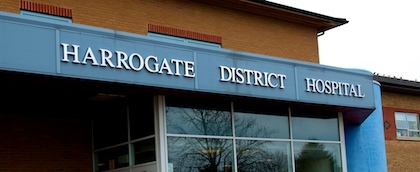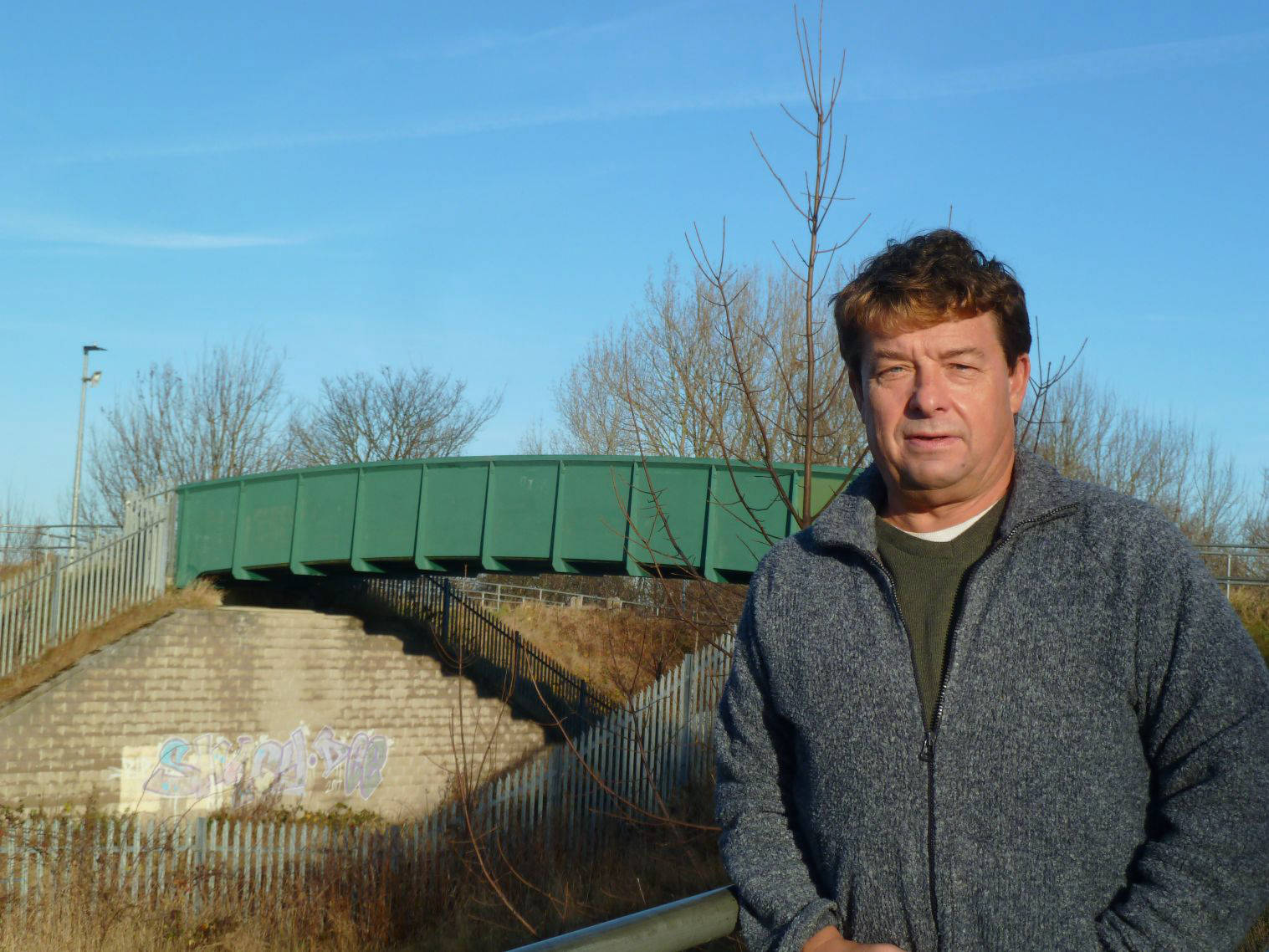
Harrogate Hospital has undertaken, over several months, the development of a revised strategy to ensure patients receive care at the right level and in the right place, whether in a hospital setting or closer to people’s homes. The strategy works to the belief that it is better for patients to be treated in or near to their own home if they do not need to be in hospital.
A spokesperson for the trust said:
The Trust consulted extensively with staff and the final plans were the result of recommendations from a wide range of staff, including doctors, nurses and therapists.
The Trust will be moving more resources into supporting people in their own home, or in an appropriate community-based setting, rather than in hospital where hospital admission is not necessary.
This includes the establishment of a Community Stroke service and providing extra training for health support staff to gain additional therapy skills to support people to go home more quickly after a hospital stay.
As a result, of these improvements in care outside hospital, fewer hospital beds will be needed. There will therefore be a reduction of 21 beds at Harrogate District Hospital and this will allow us to increase the number of nurses in several areas, particularly to improve care for the elderly.
These changes have provoked concerns and the Hospital have responded to allay these concerns.
Dr Alistair Ingram, Clinical Chair of Harrogate and Rural District Clinical Commissioning Group (CCG), said:
As a commissioner of local health services we are committed to ensuring high quality care and patient safety.
A considerable amount of work has already taken place between ourselves, Harrogate Trust and other agencies to enable patients to be looked after in the community or in their homes.
The whole health community will need to modernise to ensure we are able to maintain high quality services within the available resources for our increasingly aging population.
Angela Monaghan, Chief Nurse, said:
The Trust’s approach is to care for people in their own home where possible and this view is fully supported by local patient representatives and our Trust Governors. This includes developing new ways of caring for people, including earlier discharge from hospital with appropriate support, improvements in dementia care and a community stroke team.
This benefits patients and the positive change will be made possible by the re-shaping of hospital services. These changes include a reduction of 21 hospital beds whilst several wards will see an increase in the number of nurses.
A significant amount of consultation work around the changes took place with staff, including large numbers of nurses, doctors and therapists over several months. This included a series of meetings open to all staff to gather their views and the resulting implementation plans arose from the recommendations of these front line clinical staff.
Every effort has been taken to support nurses with their preference of where they wished to work. Hospital matrons and ward sisters have led the work to ensure that the nursing expertise was matched to the needs of the patient. These staff moves have been planned in advance of patient moves to ensure appropriate training could take place where necessary.
We recognise that any change is disruptive for staff and every effort has been made to accommodate the wishes of staff who have been asked to move ward and welcome them into their new areas of work.
The Trust fully values the outstanding work of all its staff and this high quality of care is recognised by the people who use our services as shown in our excellent results in the most recent National Inpatient Survey.






